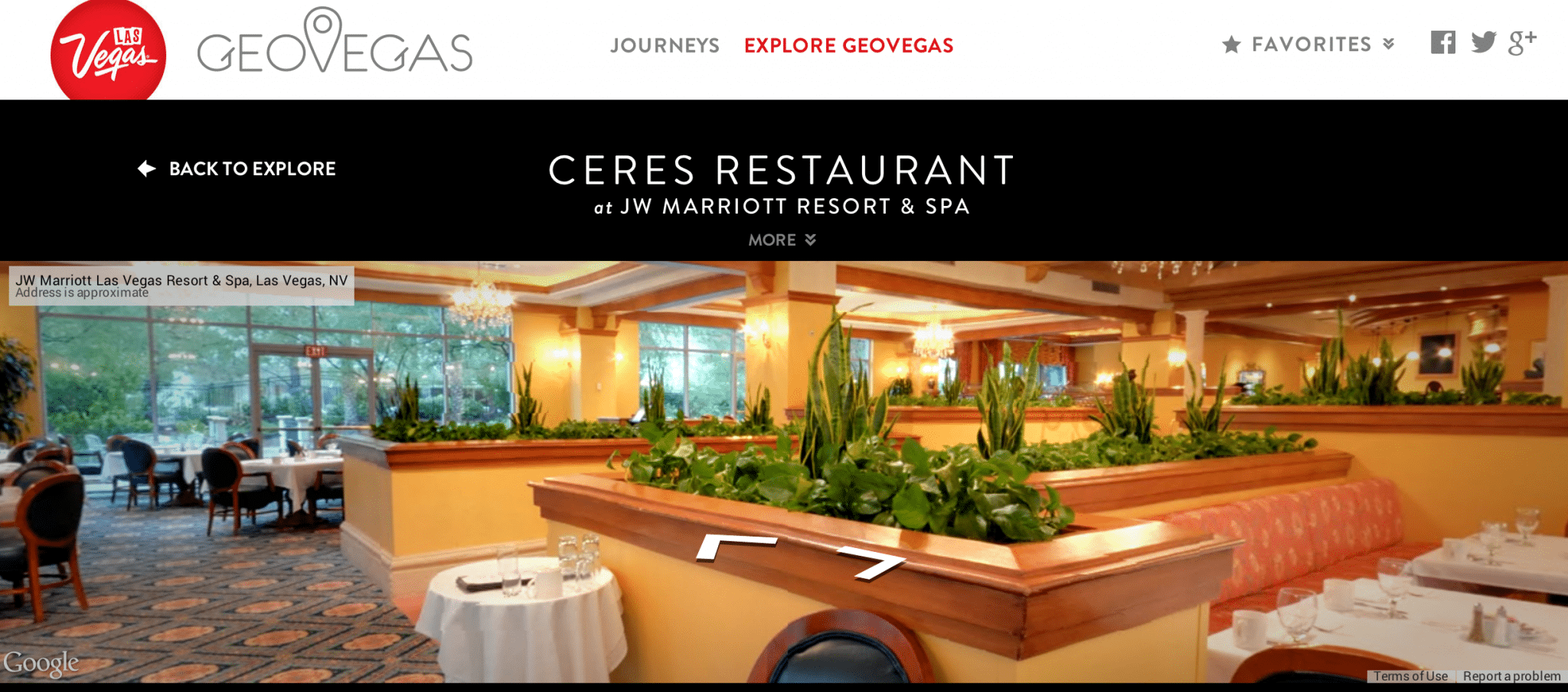Google Maps Gets Deeper Into Las Vegas With 360-Degree Views

Skift Take
Today travelers want to feel like they've already been to a destination before they've set foot on the ground so they're comfortable, and Google Maps Business View has real potential for destinations to help convince trip-planners a visit is worth it.
For tourists researching whether a destination is worth a visit or not, it’s no longer enough to rely on TripAdvisor reviews or word of mouth to convince them: They want to get an inside look at a destination before making any decisions to see if the wow factor is there.
Google recognizes this need and launched Google Maps Business View in 2012 to help destinations give potential visitors 360-degree virtual tours of multiple businesses and attractions in a destination. Google Maps Business View imagery is collected by a Google photographer with a tripod and a fisheye lens.
Then the series of high-resolution panoramic photos collected on-site are stitched together to create a 360-degree interactive experience, using a Google
